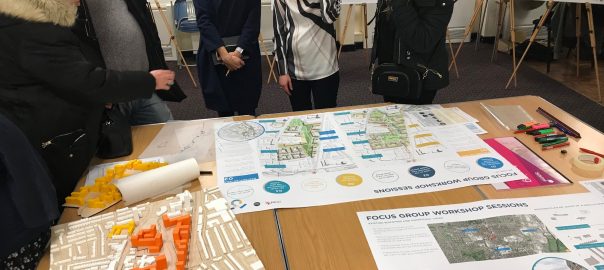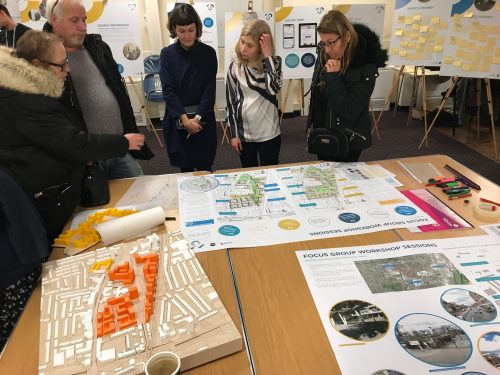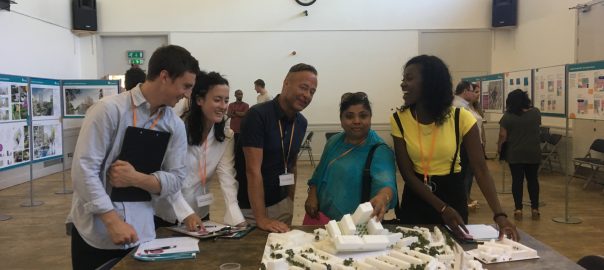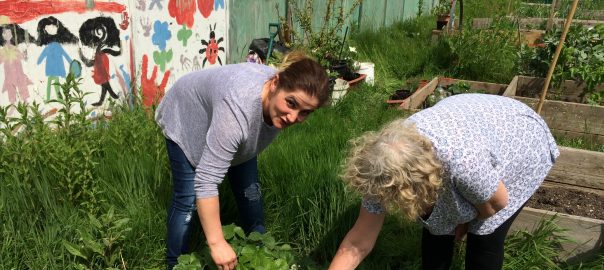Up until 20 working days ago, we wondered how we would manage to speak to so many people about so many projects and ensure that at least 7 projects would get through the ballot and planning processes this year.
With some of our clients, this push took on a life of its own driven by balancing lots of proects, staff and venue availability and stretching everybody’s resources to the limit. Our last public event took place on the second Thursday in March and it was clear the next day, when the football season was suspended due to risks presented the Covid-19 virus, that our industry would need to think again.
We have shifted to virtual consultation and communications; taken our computers home and rationalised what can be done without resident input. The truth is not very much can, and I am sure that other partners in our projects are realising just how pivotal gaining the the trust and belief of residents is. Nothing can proceed to ballot or planning applications without residents seeing, hearing, touching plans. A timely reminder of where the power should rest, within the community.
Communities need to be supported to adapt to the new normal; to put themselves and their loved ones first; and lost of all forget the worry that regeneration brings with it as well as the advantages. Whilst we can’t meet face-to-face we are keen to keep in touch and alleviate any worries people may have. Even if you are feeling stir-crazy and just want a chat, give us a call or drop an e-mail.
We have made is a list of resources for families cooped-up at home and wanting a way to keep brains going Lockdown links Feel free to ask for a copy and share this widely we all need all the help we can get. The advice from an experienced home educator is to choose just one or two activities each day plus the PE class if your family is not active otherwise (walking / cycling / playing outside), rather than attempt a home education. If nothing else, it limits screen time. If we come across more we will send them on.
We really hope you all keep healthy and well and that we see you all at a community event before too long.
Our Best Wishes
Carol Rob & the Team






 I was at a workshop on building new homes and we got to a contentious point about what was being planned. I asked the room (mainly architects and regenerators) if they would take the same action / design they were planning if this was not social housing. There was silence in response because most recognised the likely answer was no. I then asked if they personally would live next door to or above the facility they were planning and again the answer was silence.
I was at a workshop on building new homes and we got to a contentious point about what was being planned. I asked the room (mainly architects and regenerators) if they would take the same action / design they were planning if this was not social housing. There was silence in response because most recognised the likely answer was no. I then asked if they personally would live next door to or above the facility they were planning and again the answer was silence.

